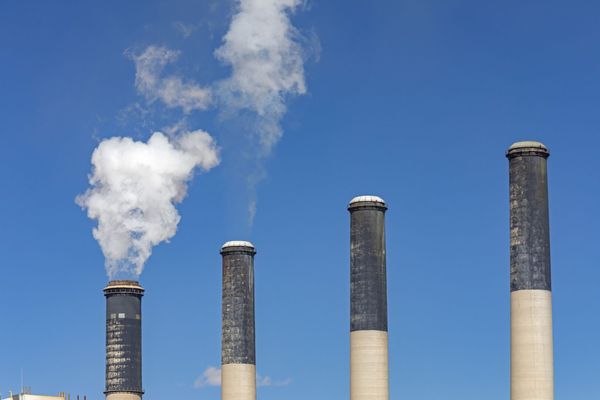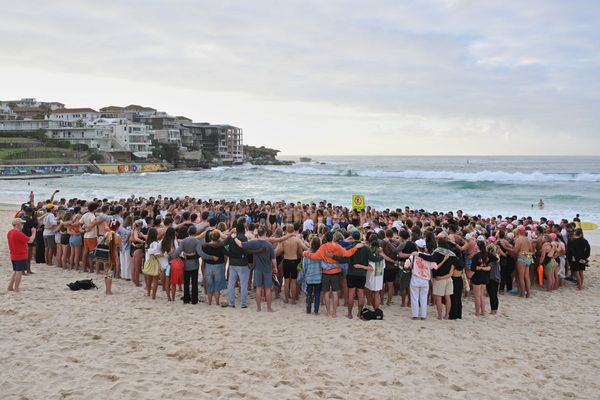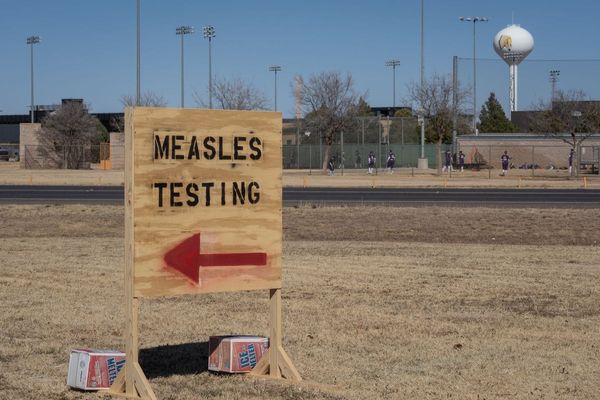
The New Zealand air force has evacuated three people from a US research base in Antarctica in a high-risk operation that required navigating through extreme weather and round-the-clock darkness.
The air force said on Wednesday the United National Science Foundation requested a medical evacuation for three of its staff members based at the McMurdo Station, one of whom needed urgent medical care.
The crew of the C-130J Hercules flew on Tuesday afternoon, working through the night to complete the mission, the air force said.
Between March to October, Antarctica is plunged into constant night and can experience dangerous storms. Temperatures at the McMurdo Station fell to -24C on Tuesday.
Travel to the icy continent during this period is restricted to emergencies, with crews having to navigate extreme conditions, changing weather and landing on ice.
Mid-winter flights to Antarctic are one of the most challenging operations the air force perform, said air commodore Andy Scott.
The US team had to clear a runway and ensure the ice was “groomed and suitable for landing”, before the flight could depart New Zealand, Scott said.
“Although they determine it is safe, it’s still an extremely challenging environment to fly in on night vision goggles due to the extreme weather conditions, which are highly changeable at this time of year and makes accurate forecasting a challenge,” he said.
“This, coupled with there being no airfields available to divert to once the aircraft is past a certain point south adds to the risk, so these missions are not taken lightly.”
Once on the ice, the plane’s engines are kept running to keep them warm while it is refuelled, known as “hot refuelling”.
The Hercules flew to Antarctica with a doctor on board to care for the patients during the flight. The plane landed back in Christchurch on Wednesday morning, after a 19.5 hour round trip.
In a statement, the US embassy expressed its “deep appreciation” to the air force.
“This mission wasn’t just difficult; it was one of the most technically demanding operations an aircrew can face,” said Melissa Sweeney, the US chargé d’affaires in New Zealand.
“This required absolute precision … This is the kind of mission that tests every ounce of skill and bravery,” Sweeney added.







